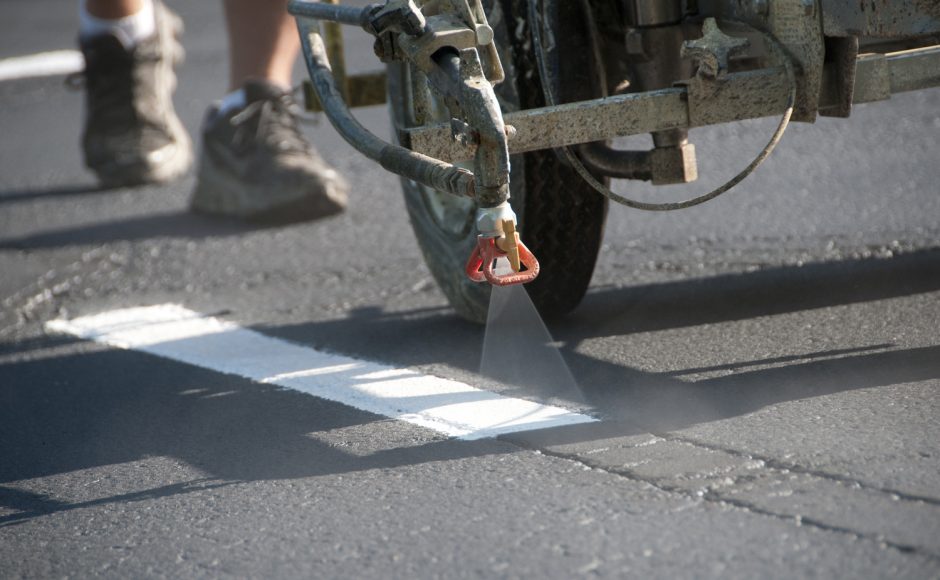A road marking paint is characterised by its ability to dry fast. It can be either an solvent-based or waterborne and in most cases it has a matt finish. The ability to dry quickly makes it suitable for tar, concrete, or asphalt surfaces. These paints are ideal for such surfaces because they do not discolor previous coats of paint. This article will provide you with all the information you need about road marking paints.
How to Use Road Marking Paint
Before you start marking a road, it is important that the surface is clean and that there is no dirt, oil, or dust. Once the surface of the road is clean, apply one or two coats of the road paint. Give the paint time to dry as much as possible.
To apply a road marking paint, you can use either a roller, a brush, or even a spray. A brush is usually used for smaller areas while the rest can be used for larger areas. Two factors contribute significantly to how long the road paint will last. One is how long the paint is given to dry and the second is how rough the road is.
However, road marking paints are known to dry quite quickly. It takes about three to five minutes for a paint to dry. You can apply road marking paints to new, clean, or already painted surfaces.
Types of Road Marking Paints
Road marking paints can be either waterborne or solvent-based. But what is the difference between the two?
- Solvent-Based Paints
Solvent-based paints consists of a minimum of two components – the paint and a hardener. When you add the hardener, a chemical reaction occurs making the paint set. Due to this chemical reaction, solvent-based paints are usually more durable than water-based paints.
However, as the solvent-based paint cures, fumes are emitted, these are a bi-product of the reaction. These fumes can be harmful, especially if a person is exposed to them in large quantities and for a long time.
- Waterborne Paints
This paint contains solid polymer particles. It may also contain inorganic compounds. The particles can absorb water easily. Ion exchange particles are mostly used with waterborne road paints. These particles improve the drying ability of the paint on the road. After the application, the water in the paint evaporates, followed by the solvents. The fine particles then combine to form a single layer of paint.
Waterborne paints do contain a certain amount of solvents. However, the degree of solvents is of course much lower compared to that of solvent-based paints.
One advantage of using waterborne paints is that they emit minimal toxic fumes during the application. However, waterborne paints are known to take a little longer to dry. The advancement in paint technology has led to the production of high-quality waterborne paints. These new waterborne paints provide a slightly quicker drying time as well as longer durability.




